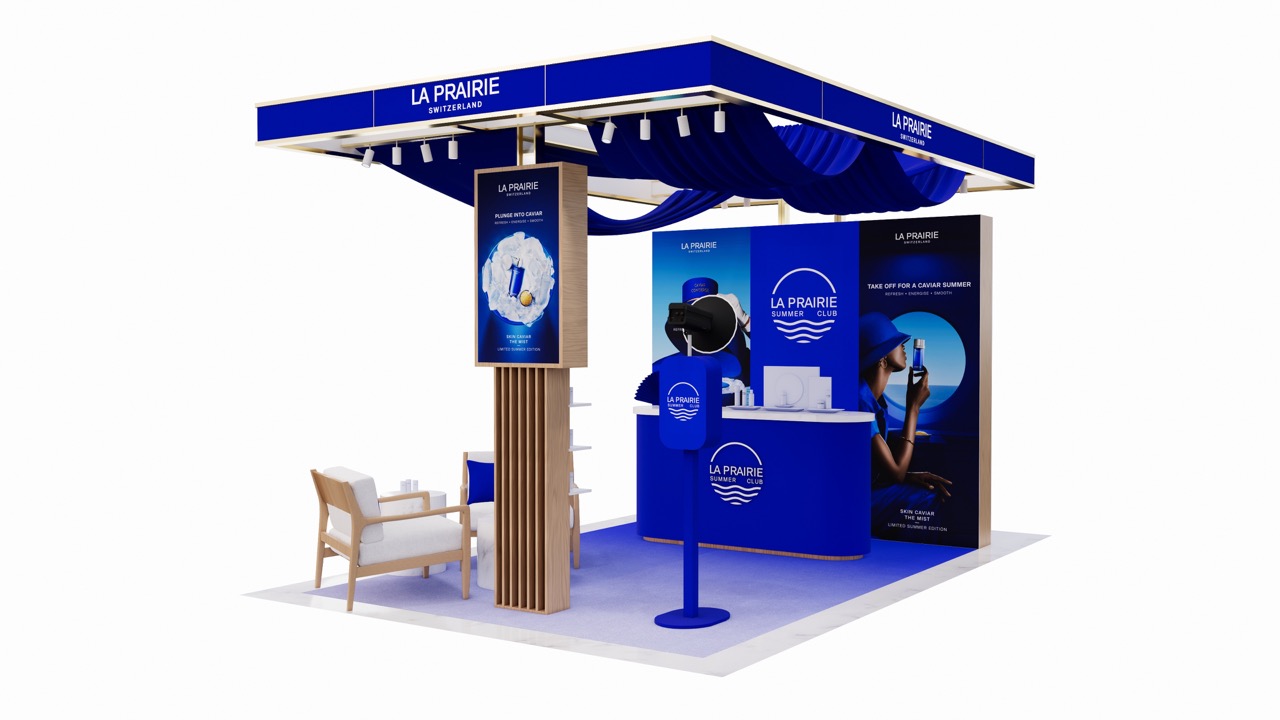CHINA. Outbound travel among Mainland Chinese is set to accelerate in 2018 compared to last year, reports research specialist m1nd-set. And the travel retail industry has a big opportunity to tap into many Chinese travellers’ pre-planning of purchases and to enhance in-store marketing to this key nationality, it added.
These are some highlights from the Swiss travel retail agency’s latest report on Chinese travel trends and shopper insights.
The report reveals that over the past 12 months Chinese outbound travel grew only moderately (+3.3% year-on-year), according to m1nd-set’s Business 1ntelligence Service (B1S)*, which includes traffic figures and forecasts from IATA’s DDS tool.

Asia, which is the largest market for outbound Chinese travel with an 80% market share, experienced almost stagnant growth with an increase of only +0.3% in outbound travel in 2017. This was due mainly to political tensions with certain markets around the region, which resulted in a sharp decline (-30%) in travel to South Korea and Taiwan (-13%).
The slump in travel to South Korea was offset partly by robust growth in outbound travel to destinations in Southern Asia, such as Malaysia, Indonesia and Vietnam, which all witnessed double-digit growth. Europe also benefited from strong growth in Chinese arrivals in 2017 (+18.5%), driven mainly by Russia, UK and Germany.

This is set to change in 2018 however, claimed m1nd-set. A robust +11% increase in Chinese outbound travel will be driven by a recovery in Asia (+13%). This will be led by destinations such as Thailand (+25%), Japan (+15%) and Taiwan (+13.2%). South Korea will see moderate growth of +2.5% in 2018, it noted.
Latin America will see the most significant increase in arrivals from China over the next 12 months, including a +26% increase to South America and +20% to Central America and the Caribbean. Europe will experience a decline (-0.4%) in Chinese arrivals over the next 12 months however. Most of the major airports will see a fall in inbound Chinese travellers, with the exception of Istanbul, Moscow, Paris and Rome. Istanbul will lead regional growth over the next 12 months with an increase of over +22% in traffic from China. Moscow will also see double-digit growth of over +15% while Chinese arrivals to Rome and Paris will grow by+7% and +3% respectively.
Seizing the marketing opportunity
The China report also reveals some insights about Chinese shopping behaviour in duty free. Some 87% of all Chinese travellers who buy in duty free shops plan their purchases before their international travel, compared to the global average of 47%. The Chinese also buy more; around 42% of Chinese travellers purchase in duty free shops, almost 20% higher than the global average (23%), said m1nd-set.
Chinese travellers are also more influenced by marketing messages and shop staff than other major nationalities. Around 70% Chinese travellers are influenced by marketing, significantly more than the global average of 30%. 77% of Chinese shoppers in duty free stores interact with shop assistants compared to just over half (54%) of global shoppers. Some 71% of all purchases by Chinese travellers are influenced to varying degrees by the sales staff, 12% more than the global average (59%).
m1nd-set Head of B1S and Senior Project Manager Pablo Saez Gil said: “The report reveals significant opportunities for pre-travel marketing to Chinese travellers as a means to increase conversion. Their tendency to plan their shopping more than most nationalities, combined with their sensitivity to marketing messages, means that there is a great deal of untapped potential for marketers to reach travellers from China while they are booking their travel.
“They are using the mobile phone more for researching and booking travel and geo-marketing possibilities with social media platforms such as WeChat will mean time and location-specific advertising will increase the effectiveness of mobile marketing campaigns in China.”
*About B1S: m1nd-set’s Business 1ntellgence Service (B1S) brings together m1nd-set’s global shopper insights, drawn from almost 50,000 face-face interviews with travellers at airport departure gates, and IATA’s traffic analysis and forecasting tool “Direct Data Service” (DDS). DDS combines global airline ticket sales data, along with direct sales data from 490 airlines and 80 000 travel agents across 170 countries, as well as with secondary sources such as government statistics and airport data. The traffic data provides m1nd-set’s B1S with the industry’s most comprehensive repository of airline sales data available, including both current traffic and traffic forecast data.













